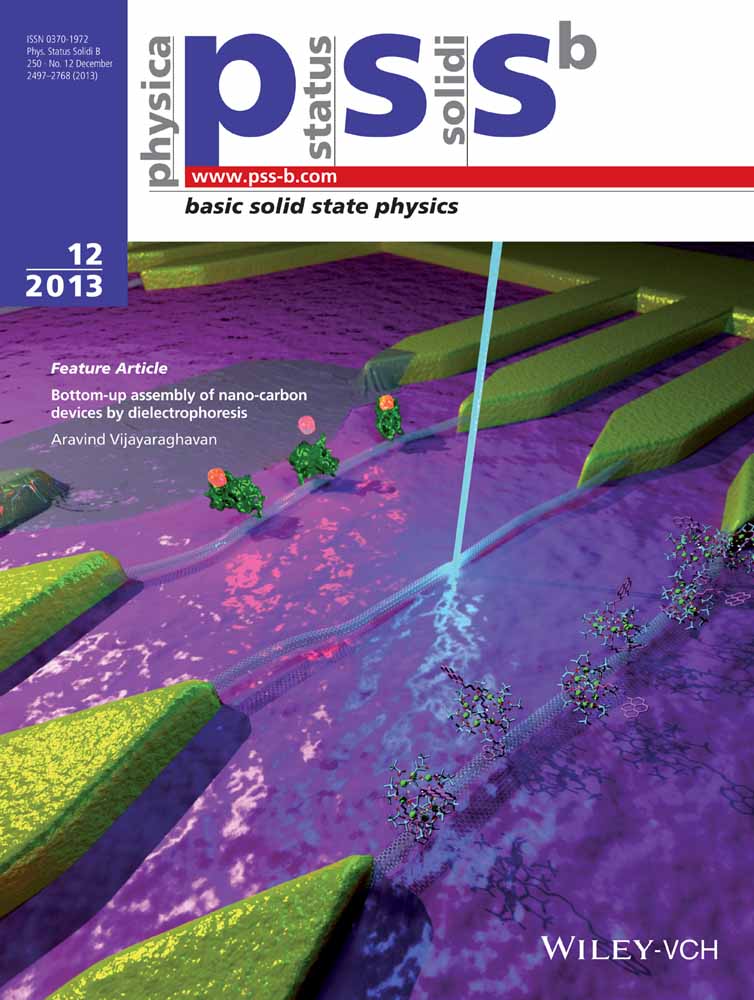Carbon nanotubes quench singlet oxygen generated by photosynthetic reaction centers
Abstract
Photosensitizers may convert molecular oxygen into reactive oxygen species (ROS) including, e.g., singlet oxygen (1O2), superoxide anion ( ), and hydroxyl radicals (•OH), chemicals with extremely high cyto- and potential genotoxicity. Photodynamic ROS reactions are determinative in medical photodynamic therapy (cancer treatment with externally added photosensitizers) and in reactions damaging the photosynthetic apparatus of plants (via internal pigments). The primary events of photosynthesis take place in the chlorophyll containing reaction center protein complex (RC), where the energy of light is converted into chemical potential. 1O2 is formed by both bacterial bacteriochlorophylls and plant RC triplet chlorophylls in high light and if the quenching of 1O2 is impaired. In plant physiology, reducing the formation of the ROS and thus lessening photooxidative membrane damage (including the RC protein) and increasing the efficiency of the photochemical energy conversion is of special interest. Carbon nanotubes, in artificial systems, are also known to react with singlet oxygen. To investigate the possibility of 1O2 quenching by carbon nanotubes in a biological system, we studied the effect of carbon nanotubes on 1O2 photogenerated by photosynthetic RCs purified from purple bacteria. 1,3-Diphenylisobenzofuran (DPBF), a dye responding to oxidation by 1O2 with absorption decrease at 420 nm was used to measure 1O2 concentrations. 1O2 was produced either from a photosensitizer (methylene blue) or from triplet photosynthetic RCs and the antioxidant capacity of carbon nanotubes was assessed. Less 1O2 was detected by DPBF in the presence of carbon nanotubes, suggesting that these are potential quenchers of this ROS.
), and hydroxyl radicals (•OH), chemicals with extremely high cyto- and potential genotoxicity. Photodynamic ROS reactions are determinative in medical photodynamic therapy (cancer treatment with externally added photosensitizers) and in reactions damaging the photosynthetic apparatus of plants (via internal pigments). The primary events of photosynthesis take place in the chlorophyll containing reaction center protein complex (RC), where the energy of light is converted into chemical potential. 1O2 is formed by both bacterial bacteriochlorophylls and plant RC triplet chlorophylls in high light and if the quenching of 1O2 is impaired. In plant physiology, reducing the formation of the ROS and thus lessening photooxidative membrane damage (including the RC protein) and increasing the efficiency of the photochemical energy conversion is of special interest. Carbon nanotubes, in artificial systems, are also known to react with singlet oxygen. To investigate the possibility of 1O2 quenching by carbon nanotubes in a biological system, we studied the effect of carbon nanotubes on 1O2 photogenerated by photosynthetic RCs purified from purple bacteria. 1,3-Diphenylisobenzofuran (DPBF), a dye responding to oxidation by 1O2 with absorption decrease at 420 nm was used to measure 1O2 concentrations. 1O2 was produced either from a photosensitizer (methylene blue) or from triplet photosynthetic RCs and the antioxidant capacity of carbon nanotubes was assessed. Less 1O2 was detected by DPBF in the presence of carbon nanotubes, suggesting that these are potential quenchers of this ROS.




